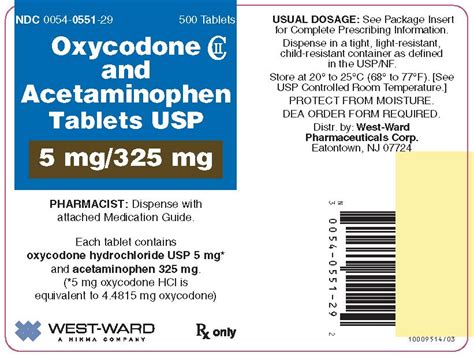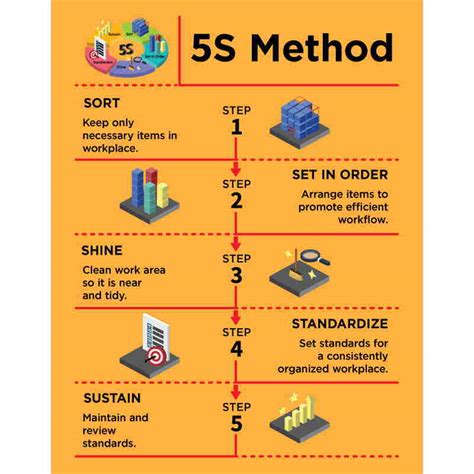Intro
The combination of Tylenol and oxycodone is a widely used medication for managing moderate to severe pain. Oxycodone is a powerful opioid pain reliever, while Tylenol, also known as acetaminophen, is a mild pain reliever and fever reducer. When combined, these two ingredients work together to provide effective pain relief. The importance of understanding how this combination works and its potential risks cannot be overstated, as misuse or overuse can lead to serious health consequences, including addiction and overdose.
Pain management is a critical aspect of healthcare, affecting millions of people worldwide. The quest for effective pain relief has led to the development of numerous medications, including those that combine different active ingredients to target pain from multiple angles. The Tylenol and oxycodone combination is one such formulation, designed to offer a synergistic effect that can help manage pain more effectively than either medication could alone. This combination is often prescribed for patients who require strong pain relief, such as those recovering from surgery or dealing with chronic pain conditions.
Understanding how these medications work is essential for their safe and effective use. Oxycodone is an opioid agonist, which means it works by binding to opioid receptors in the brain and spinal cord, reducing the perception of pain. Tylenol, on the other hand, is believed to work by blocking the production of chemical messengers in the brain that cause pain and fever. By combining these two mechanisms of action, the Tylenol and oxycodone combination can provide more comprehensive pain relief than could be achieved with either drug in isolation. However, this combination also carries a higher risk of side effects and potential for abuse, highlighting the need for careful use under medical supervision.
Benefits of the Combination

Working Mechanism
The working mechanism of this combination involves the dual-action approach of oxycodone and Tylenol. Oxycodone, being a potent opioid, directly interacts with opioid receptors in the central nervous system, altering the perception of and response to painful stimuli. Tylenol, with its action on the central nervous system, inhibits the production of prostaglandins, which are chemical messengers that cause pain and fever. By targeting pain through two different pathways, this combination can provide more effective relief for a broader range of pain types than either medication alone.Risks and Side Effects

Precautions and Contraindications
Given the potential risks, there are several precautions and contraindications to consider when prescribing or taking the Tylenol and oxycodone combination. Patients with a history of substance abuse, respiratory problems, or liver disease may need to avoid this medication or use it with caution under close medical supervision. Additionally, this combination should be used with caution in elderly patients, as they may be more susceptible to the side effects of opioids. Pregnant or breastfeeding women should also consult their healthcare provider before taking this medication, as there may be risks to the fetus or baby.Steps for Safe Use

Alternatives and Future Directions
For patients who cannot use the Tylenol and oxycodone combination due to contraindications or concerns about side effects, there are alternative pain management options available. These can include other opioid and non-opioid medications, as well as non-pharmacological approaches such as physical therapy, acupuncture, and cognitive-behavioral therapy. Research is ongoing to develop new pain medications with improved safety profiles and reduced risk of addiction, offering hope for more effective and safer pain management in the future.Statistical Data and Practical Examples

Conclusion and Future Outlook
In conclusion, the Tylenol and oxycodone combination is a valuable tool in the management of moderate to severe pain, offering a synergistic approach that can provide more effective relief than either medication alone. However, its use must be carefully considered, taking into account the potential risks and side effects, particularly the risk of addiction and overdose. As research continues to uncover new and safer ways to manage pain, the future outlook for patients suffering from chronic or acute pain is promising. The development of new medications and therapies, along with a greater understanding of pain mechanisms, will likely lead to more effective and safer treatment options.Engagement and Next Steps

What is the primary benefit of combining Tylenol with oxycodone?
+The primary benefit is enhanced pain relief with potentially fewer side effects due to the lower dose of oxycodone required.
Can the Tylenol and oxycodone combination be used for chronic pain management?
+Yes, it can be used for chronic pain, but under close medical supervision due to the risk of addiction and other side effects.
What are the most common side effects of the Tylenol and oxycodone combination?
+Common side effects include drowsiness, dizziness, constipation, and nausea. Serious side effects can include respiratory depression and liver damage.
